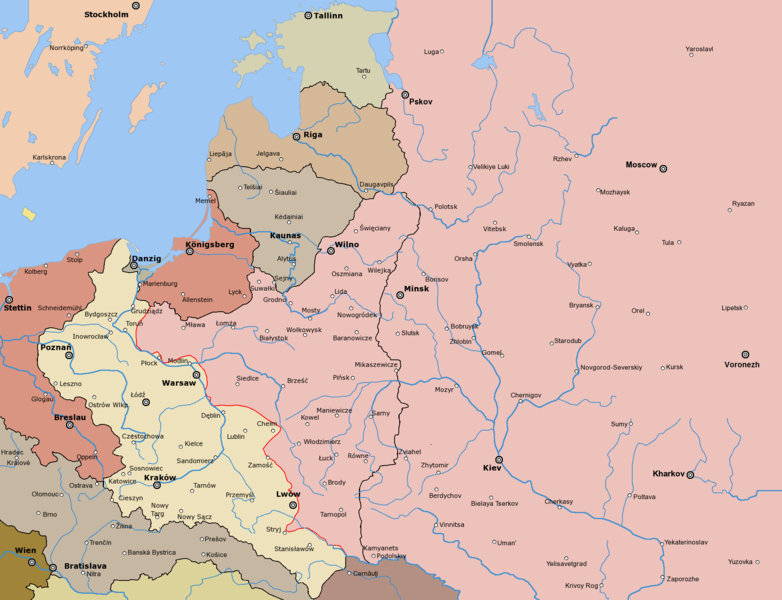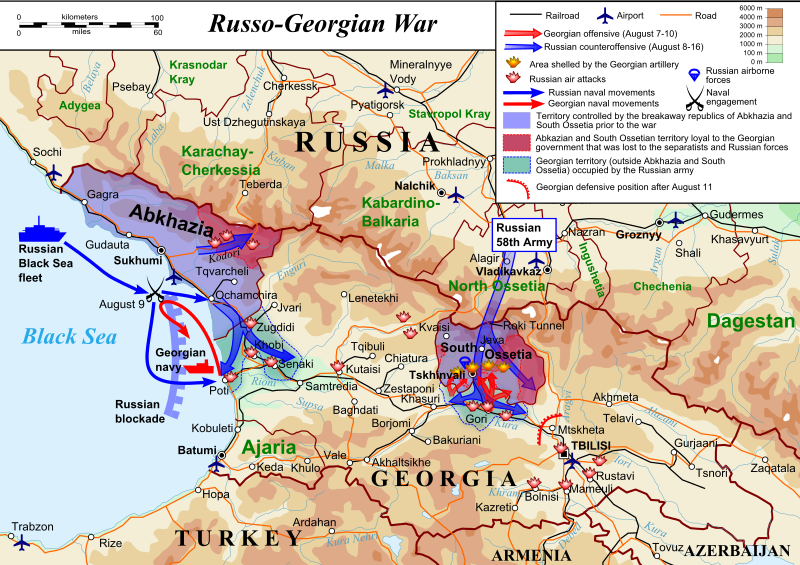 |
| HMCS Arrowhead (DND - 1940) Convoy escort lead through the St. Lawrence |
Despite what common knowledge may say, the Second World War reached the shores of North America, specifically speaking in Canada and up the St. Lawrence river throughout 1942. Despite the fact that the facts will tell you, nearly two dozen ships were sunk, and more than 340 sailors killed, with no single German U-Boat being sunk, it was still a tactical victory for the Royal Canadian Navy.
 |
| War in the St. Lawrence by Roger Sarty (2012) |
Despite initial success in attacking the Canadian convoys in the St. Lawrence, successful German U-Boat attacks fell to 1.2% by the end of 1944 when the German's gave up on cutting off the St. Lawrence. The most successful U-Boat run was in September of 1942, when the German U-Boats U-165 commanded by Hoffman (or Hoffmann) and U-517 commanded by Hartwig. Out of the 18 ships and 2 warships sunk in the St. Lawrence between May and September 1942, 2/3 were claimed by Hoffman and Hartwigg. It was this success that led Germany to order more U-Boats into the St. Lawrence, and suggested entering the river, not just the gulf.
In late September 1942 U-69 commanded by Ulrich Graf arrived at the Cabot Strait, however his U-Boat was operating the new Metox radar warning system, which did not identify a distance to detected targets, just a warning that targets were in the area. The Metox system was so advanced, that it also detected the Royal Canadian Air Force which began patrolling the St. Lawrence that fall, in an attempt to curb the U-Boat attacks. Graf worried by the high number of targets his radar was detecting abandoned the Gulf in early October, leaving U-106 commanded by Hermann Rasch on its own in the gulf.
In its first few days, U-106 would sink the merchant steamer Waterton, and quickly became over run with warnings from its Metox radar, and almost immediately abandoned the St. Lawrence gulf and went back out to sea. The U-43 which followed Rasch into the St. Lawrence a week later. Despite is constant rader warnings, U-43 decided to hold out, in hopes of glory. Glory would never come, it failed in attacking convoy SQ-43 off the coast of the Gaspe on October 21, which resulted in a massive counter attack by the RCN and the RCA. The U-43 narrowly escaped the massive depth charge attack from the HMCS Gananoque, having most of its lights destroyed from the explosions. U-43 abandoned the St. Lawrence early the next month.
In a final attempt to close the St. Lawrence, Germany ordered three more U-Boats to enter the Gulf and head up river. U-183, U-518, and U-522. U-183 knew of the effectiveness of the RCN and RCA patrols and refused to enter the gulf altogether, while U-522 off the coast of Newfoundland intercepted convoy SC-107, and reported it to U-520, U-521, U-402, U-89, U-84, and U-132, which were in the area. It led to one of the most decisive naval battles in RCN history and the most interrupted convoy of the war. Of the 39 ships that were part of the convoy, 14 were sunk.
On November 9, U-518 braved the gulf despite the warnings from its radar and landed German Spy Walter Aldred Waldemar von Janowski on the shores of Quebec. After paying for a hotel room in out dated money, police were alerted to his presence and he was arrested.
Following the unsuccessful deployment of its spy, U-518 left the St. Laurence near the end of November, and it was clear that a tactical Canadian victory was at hand. German U-Boat commanders feared the water of the St. Lawrence despite the fact that no U-Boat was lost in its waters. It was a victory that gained one prisoner, and no confirmed kills for the Allies, but it was a decisive victory which allowed the convoys to continue to reach Europe.
To learn more about the Battle, please read
The Legion Magazine (Sept/Oct 2012) "Hidden Victory in the St. Lawrence"
War in the St. Laurence (2012) by Roger Sarty
Remembering History - The Battle of the St. Lawrence - 1942





